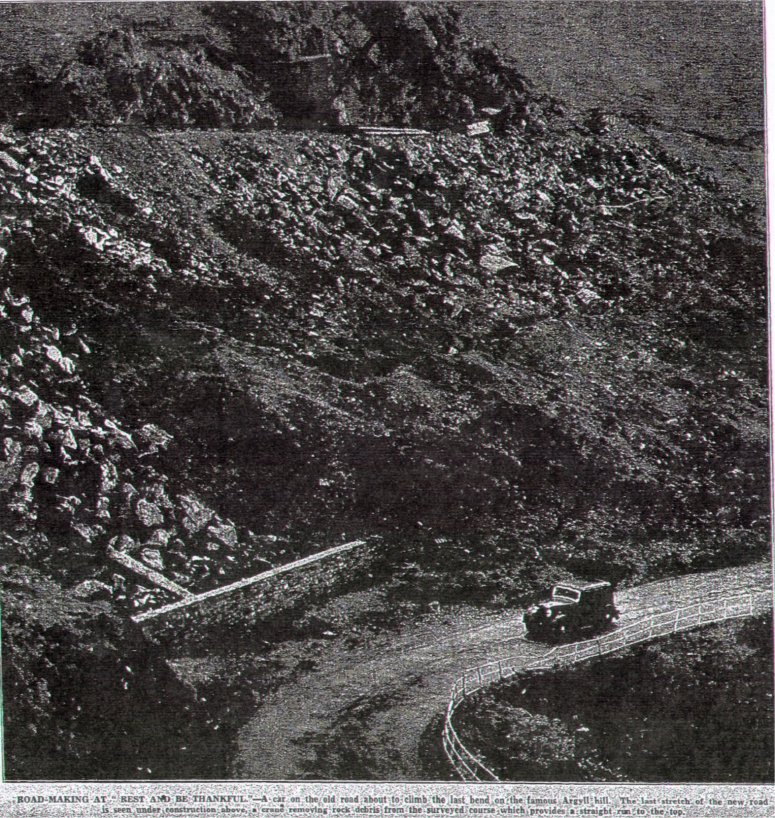
But this landslide is not the one that has kept the mountain road closed since 5 August; and nor was it known as the A83.
"And people would just use steamer ships to get to where they wanted to go."
“There’s heavier traffic now, and life moves faster with people in a rush to get to places,” she recalls.
The A83 provides a vital link to towns such as Inverary, Lochgilphead and the Kintyre peninsula, and is used by 4,000 vehicles a day.
General George Wade recommended the construction of over 40 miles of road which would link a series of military forts.
"When the glaciers melted the sediment was no longer supported by the ice margins, so in places it's susceptible to landsliding."
VIDEO:
In recent years the road it has become infamous for the number of closures caused by landslips.
It was blocked in September 2009, December 2011, August 2012, October 2013, October 2014, October 2015, October 2018 - and twice this year.






















